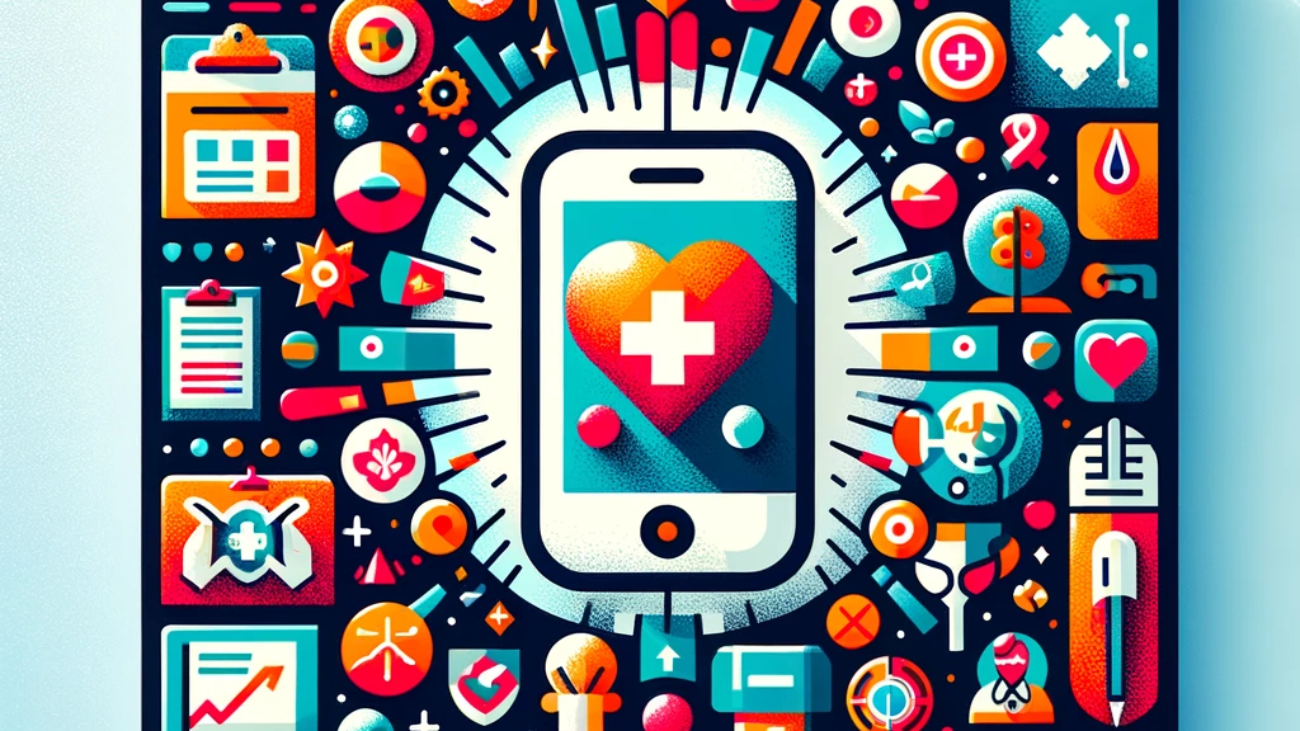In recent years, mobile health applications (mHealth) have emerged as a transformative force in the healthcare sector, empowering patients and providers alike. These digital tools offer a wide range of benefits, from promoting preventive care and medication adherence to enhancing chronic disease management. With over 45,000 healthcare-related applications available on Apple’s App Store and more than 43,000 on the Google Play Store, mHealth apps have become an integral part of modern healthcare. They provide patients with the ability to monitor their health in real-time, communicate directly with healthcare providers, and access personalized healthcare plans, all from the convenience of their smartphones.
Despite their growing popularity and proven effectiveness in improving patient outcomes, the widespread adoption of mHealth applications faces several challenges. Digital literacy and internet access remain significant barriers, particularly in underserved communities. Additionally, the rapid expansion of mHealth technology necessitates robust regulatory frameworks to ensure user privacy and data security. This article explores the impact of mobile health applications on patient care and healthcare management, discusses the barriers to their broader adoption, and highlights the role of governments and regulatory agencies in fostering a secure and inclusive mHealth ecosystem.
The Impact of Mobile Health Applications on Preventive Care and Chronic Disease Management
Mobile health applications (mHealth) have revolutionized the healthcare landscape by enhancing preventive care, medication adherence, and chronic disease management. These apps empower patients to take control of their health by tracking vital signs, recording symptoms, and monitoring medication adherence directly from their smartphones. A survey by Accenture highlights that 75% of patients recognize the significance of health-oriented apps, underscoring their growing awareness and acceptance.
However, barriers to widespread adoption, such as digital literacy and internet access, still exist. To overcome these challenges, healthcare providers and app developers must collaborate to create user-friendly interfaces and offer educational programs that enhance digital literacy. Governments can play a crucial role by investing in internet infrastructure, particularly in underserved areas, to ensure that all patients can benefit from mHealth solutions.
![]()
Overcoming Barriers to Adoption: Strategies for Broader Reach
Despite the transformative potential of mobile health applications, their adoption is hindered by several barriers. Digital literacy remains a significant challenge, particularly among older adults and populations in rural areas. Additionally, limited internet access in certain regions restricts the reach of these innovative solutions. To address these issues, it is essential to implement comprehensive strategies that promote digital inclusion.
Educational initiatives aimed at improving digital literacy should be a priority. Healthcare providers can organize workshops and training sessions to teach patients how to use mHealth apps effectively. Moreover, governments and regulatory agencies should invest in expanding internet access to remote and rural areas, ensuring that all individuals have the necessary connectivity to benefit from these applications. By enhancing digital literacy and internet accessibility, we can ensure that mHealth solutions reach their full potential in improving patient outcomes and reducing healthcare costs.
The Role of Governments and Regulatory Agencies in mHealth Expansion
As the mobile health sector continues to grow, with over 45,000 healthcare-related applications on Apple’s App Store and more than 43,000 on the Google Play Store, it is imperative for governments and regulatory agencies to establish guidelines that ensure the safe and effective use of these technologies. The mHealth sector attracted an impressive $13.7 billion globally in 2019, and projections indicate that the telemedicine application market will achieve a valuation of $17.14 billion by 2026.
Governments and regulatory bodies must develop practical guidance for app developers on data protection principles, focusing on user consent, purpose limitation, and data minimization. Privacy by design and default should be integral to the development process, ensuring that user privacy is protected at every step. Additionally, regulatory frameworks should address data retention, security measures, and the distinction between different types of advertising within apps.
Moreover, regulatory agencies should enforce stringent measures for handling personal data breaches and the processing of data gathered from children. Ensuring compliance with these regulations will protect patient privacy and foster trust in mHealth applications, encouraging broader adoption and maximizing the benefits of these technologies.
Mobile health applications are transforming patient care and provider efficiency by promoting preventive care, improving medication adherence, and facilitating chronic disease management. Despite the barriers to widespread adoption, strategies such as enhancing digital literacy and expanding internet access can help overcome these challenges. Governments and regulatory agencies play a crucial role in ensuring the safe and effective use of mHealth technologies by establishing comprehensive guidelines and enforcing strict data protection measures. By addressing these issues, we can unlock the full potential of mobile health applications to improve patient outcomes and revolutionize the healthcare industry.


Leave A Comment